This article was medically reviewed by Luba Lee, FNP-BC, MS. Luba Lee, FNP-BC is a Board-Certified Family Nurse Practitioner (FNP) and educator in Tennessee with over a decade of clinical experience. Luba has certifications in Pediatric Advanced Life Support (PALS), Emergency Medicine, Advanced Cardiac Life Support (ACLS), Team Building, and Critical Care Nursing. She received her Master of Science in Nursing (MSN) from the University of Tennessee in 2006.
There are 13 references cited in this article, which can be found at the bottom of the page.
This article has been viewed 52,718 times.
You've pushed your elbow beyond its limits, literally! While this is undoubtedly a painful experience, a hyperextended elbow can usually heal with some rest and ice. Generally, hyperextending your elbow causes a sprain, which is the stretching or tearing of a ligament. It can also tear the cartilage that covers the joint, known as the articular capsule, but that is rarer.[1] Start by applying ice and seeing your doctor if you hear a "popping" sound.
Steps
Dealing with the Initial Hyperextension
-
1Apply ice immediately to the injured area. When you overextend your elbow, you'll know it because of the pain. When you injure your elbow, apply an ice pack wrapped in a cloth as soon as you can. Leave it on for 10-20 minutes at a time, as it can keep the swelling down. Never apply the ice directly to your skin. Make sure there’s a cloth between the ice and your elbow at all times.[2]
-
2Elevate your elbow above your heart. Set your elbow up on a high table while you sit, or sit on the ground and place it on a chair or couch cushion. Elevating your elbow both as you ice and after will help prevent and relieve swelling.[3]Advertisement
-
3Wrap an elastic bandage around your elbow. Hold the end of the bandage against the inside of your elbow and wrap it tightly around the injury to provide compression. This will hinder movement in your elbow, allowing it to heal. Loosen the bandage if it becomes painful or makes you lose feeling in your arm.[4]
- This bandage wrap is typically tan in color and is sold in a roll. Look for it in the first aid section of convenience stores.
-
4Rest your elbow while it heals. Keep your elbow as still as possible while it’s injured. The bandage should help with this, immobilizing your elbow to help it heal and prevent re-injury. Keep it wrapped as much as possible, and avoid moving it as much as you can.
-
5Visit the doctor if you hear a "pop." While not every sprain needs to be seen by a doctor, you should visit your doctor if you heard a popping sound when your elbow hyperextended. That could mean your ligament tore rather than just stretched. The doctor will take an x-ray to check for fractures and an MRI to check the tissue, including the ligaments.[5]
-
6Take over-the-counter pain medications if you're in pain. You can take acetaminophen or ibuprofen, for instance, to help you cope with the initial pain. If these aren't helping after a day or 2, talk to your doctor about a prescription.[6]
- For ibuprofen, you can take 400 milligrams every 4 to 6 hours or so. Do not exceed 3200 milligrams in a 24-hour period.[7]
- For acetaminophen, you can take 650 to 1,000 milligrams every 4 to 6 hours. Don't exceed 4,000 milligrams in a 24-hour period. If you're taking extra strength, don't go over 3,000 milligrams in a 24-hour period.[8]
Immobilizing the Sprain
-
1Use a sling for your sprain. Your doctor may recommend that you wear a sling to help keep your arm immobile for a time. You may need to wear the sling for a couple of weeks until the sprain heals.[9]
- A sling will immobilize your elbow at a right-angle and hold it next to your body.
-
2Ask about a cast for a more serious sprain. If you have a more serious sprain, your doctor may recommend a cast or splint instead of a sling. These solutions will keep the elbow even more immobile than a sling, and you may need to wear 1 of them for up to 3 weeks.[10]
-
3Try taping your elbow if you need to be more active. If you're an athlete, you may decide to keep using your elbow, even against doctor's wishes. If you do, you can stabilize your elbow using medical/athletic tape to help prevent overextension again.[11]
- Have your doctor show you the best way to tape your arm to keep it immobile.
Providing Further Treatment
-
1Let the elbow rest. The sling, cast, or tape should help you rest the arm for the first few days. However, make sure you aren't doing things that cause pain or discomfort in your arm. You risk re-injuring your elbow if you do too much.[12]
-
2Use ice on your elbow during the recovery period. Ice can help with swelling and pain. You can apply ice 3 to 4 times a day. Don't keep it on longer than 20 minutes. Also, make sure to wrap the ice in cloth. Putting ice directly on your skin can cause damage.[13]
-
3Apply a compression bandage to help with swelling. Wrapping your arm in an elastic bandage can help keep swelling down. In addition, it can reduce pain. An elastic bandage will likely only work in conjunction with a sling, as a cast or tape will apply their own compression.[14]
-
4Elevate your elbow above heart level. When your elbow is below your heart, gravity encourages more blood flow to the area. When your elbow is injured, that can lead to increased swelling. To help prevent this issue, rest your elbow on pillows so that it's above your heart.[15]
- Elevate your elbow as often as you can, particularly when you're asleep.
-
5Ask about surgery for severe sprains and torn articular capsules. In some cases, you may need to have surgery to repair the damage done to your elbow. However, in most cases, the doctor will only perform surgery if you also have a severe strain in the muscle rather than just a sprain in the ligament.[16]
- The doctor may also suggest surgery for a torn articular capsule.
-
6Discuss physical therapy with your doctor. In some cases, physical therapy may be appropriate in helping you heal from this injury. Your doctor is the best person to make this decision. A physical therapist can teach you exercises to help strengthen your elbow, for instance.[17]
Avoiding Common Irritants
-
1Skip heat for the first 3 days. Heat may sound like a good idea on a sprain, but it may actually do more harm than good. Avoid using heat sources like saunas, hot baths, or hot pads while your elbow is healing.[18]
-
2Avoid alcohol. Drinking alcohol can slow down your healing process. Plus, it increases bleeding, which can make swelling worse. While it may be tempting to deaden the pain by drinking a bit, it's best to skip it for the first 3 days or so.[19]
-
3Don't massage the area. When you get an injury, you may want to massage it to try to make it feel better. However, that can make swelling and bleeding worse, so try to skip it for the first 3 days or so.[20]
References
- ↑ https://www.ncbi.nlm.nih.gov/pubmed/9658353
- ↑ https://www.mayoclinic.org/diseases-conditions/sprains-and-strains/diagnosis-treatment/drc-20377943
- ↑ https://www.uofmhealth.org/health-library/tw4354spec
- ↑ https://www.uofmhealth.org/health-library/tw4354spec
- ↑ https://www.pennmedicine.org/for-patients-and-visitors/find-a-program-or-service/orthopaedics/elbow-pain/elbow-sprains-diagnosis-and-treatment
- ↑ https://www.practicalpainmanagement.com/treatments/pharmacological/non-opioids/sports-related-pain-topical-treatments
- ↑ https://www.mayoclinic.org/drugs-supplements/ibuprofen-oral-route/proper-use/drg-20070602
- ↑ https://www.mayoclinic.org/drugs-supplements/acetaminophen-oral-route-rectal-route/proper-use/drg-20068480
- ↑ https://medlineplus.gov/ency/patientinstructions/000679.htm
- ↑ https://medlineplus.gov/ency/patientinstructions/000679.htm
- ↑ http://www.sportsinjuryclinic.net/sport-injuries/elbow-pain/acute-elbow-injuries/elbow-hyperextension
- ↑ https://www.pennmedicine.org/for-patients-and-visitors/find-a-program-or-service/orthopaedics/elbow-pain/elbow-sprains-diagnosis-and-treatment
- ↑ https://medlineplus.gov/ency/patientinstructions/000679.htm
- ↑ https://www.mayoclinic.org/diseases-conditions/sprains-and-strains/diagnosis-treatment/drc-20377943
- ↑ https://medlineplus.gov/ency/patientinstructions/000679.htm
- ↑ https://www.pennmedicine.org/for-patients-and-visitors/find-a-program-or-service/orthopaedics/elbow-pain/elbow-sprains-diagnosis-and-treatment
- ↑ https://www.nhs.uk/conditions/sprains-and-strains/treatment/
- ↑ https://www.nhs.uk/conditions/sprains-and-strains/treatment/
- ↑ https://www.nhs.uk/conditions/sprains-and-strains/treatment/
- ↑ https://www.nhs.uk/conditions/sprains-and-strains/treatment/
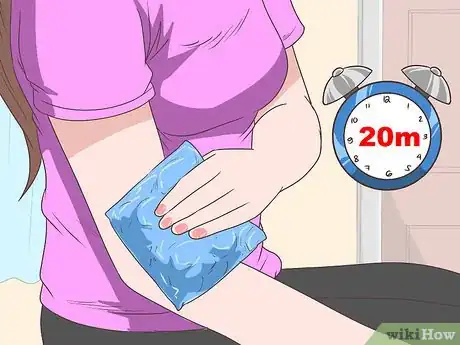

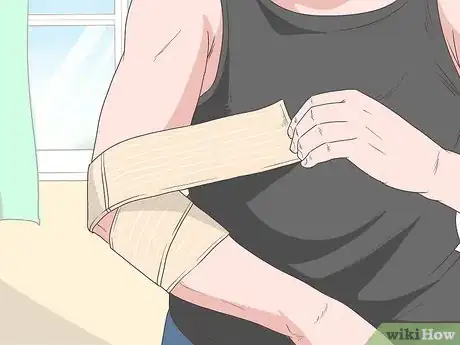


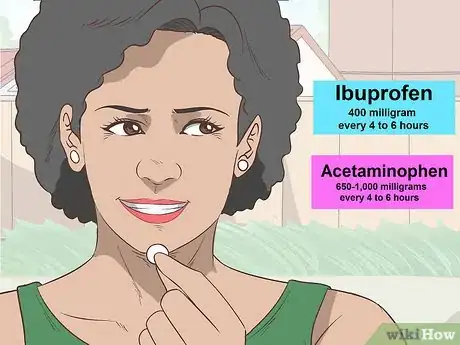





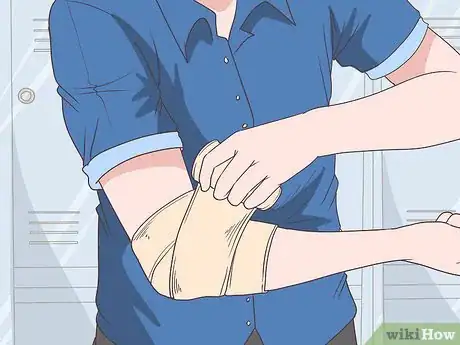


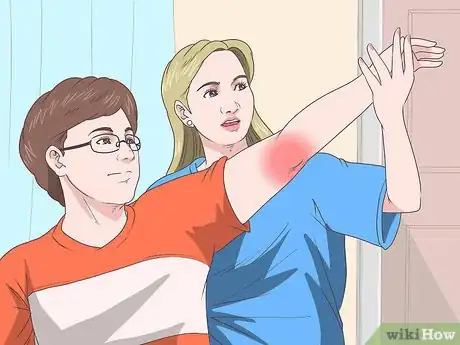

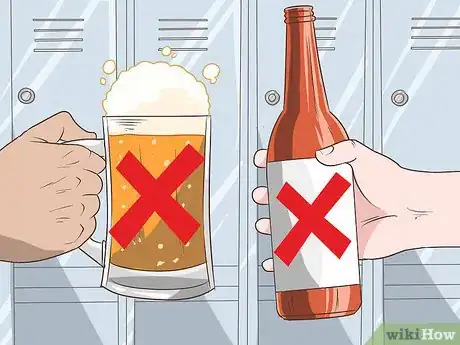

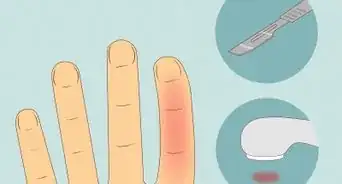
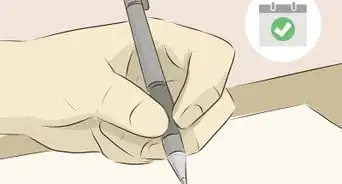
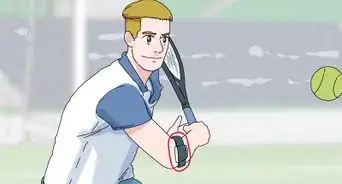
-Step-15-Version-3.webp)





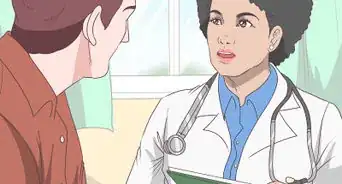



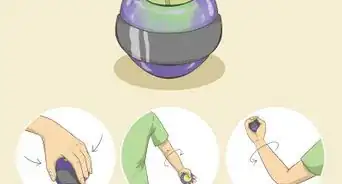








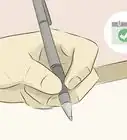

-Step-15-Version-3.webp)




































Medical Disclaimer
The content of this article is not intended to be a substitute for professional medical advice, examination, diagnosis, or treatment. You should always contact your doctor or other qualified healthcare professional before starting, changing, or stopping any kind of health treatment.
Read More...